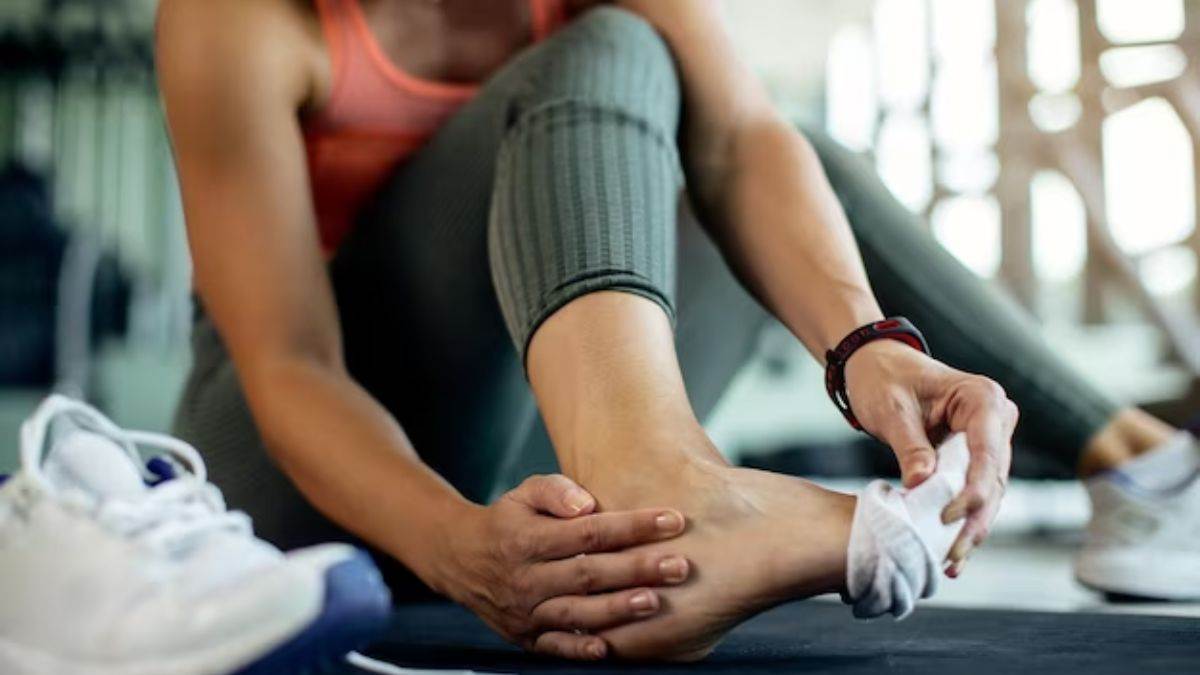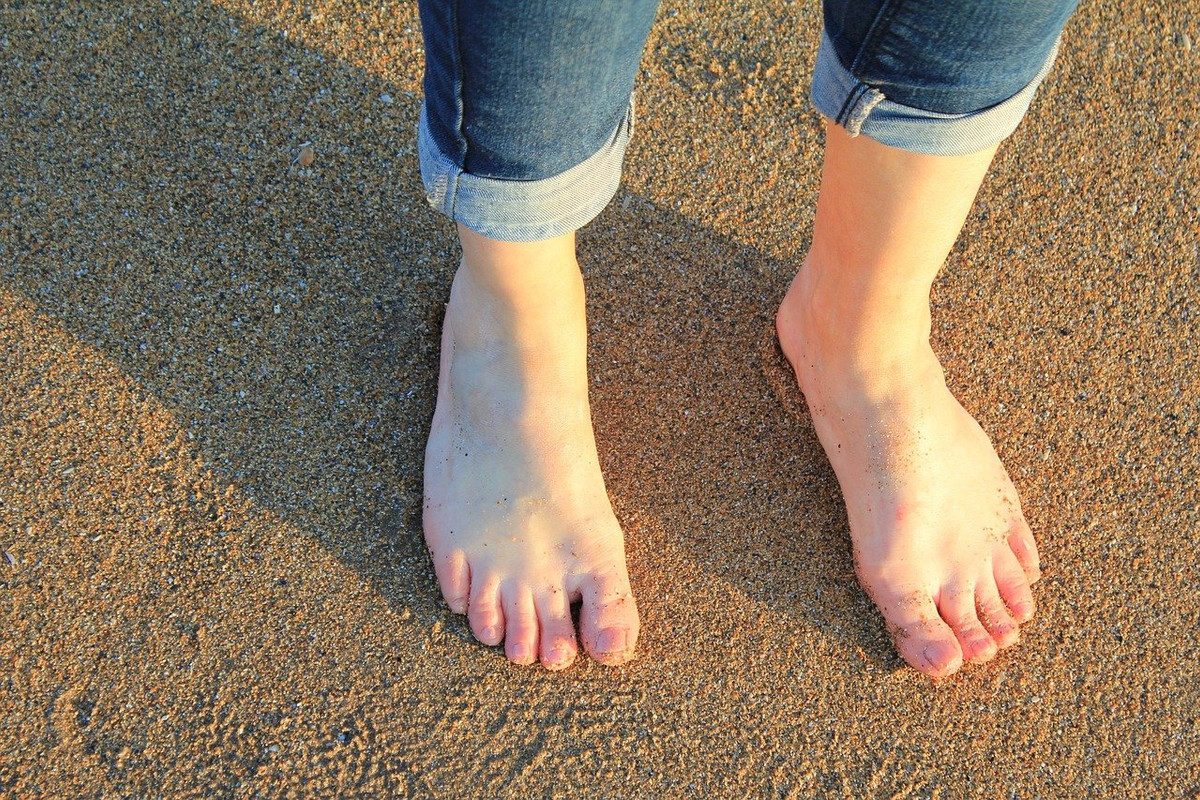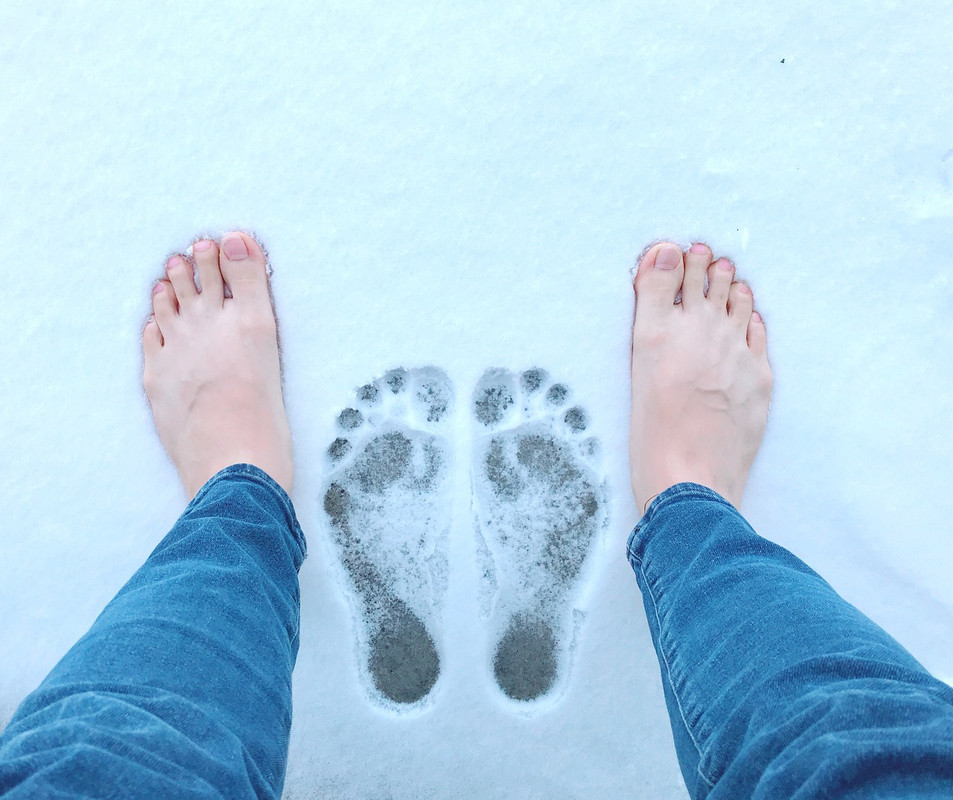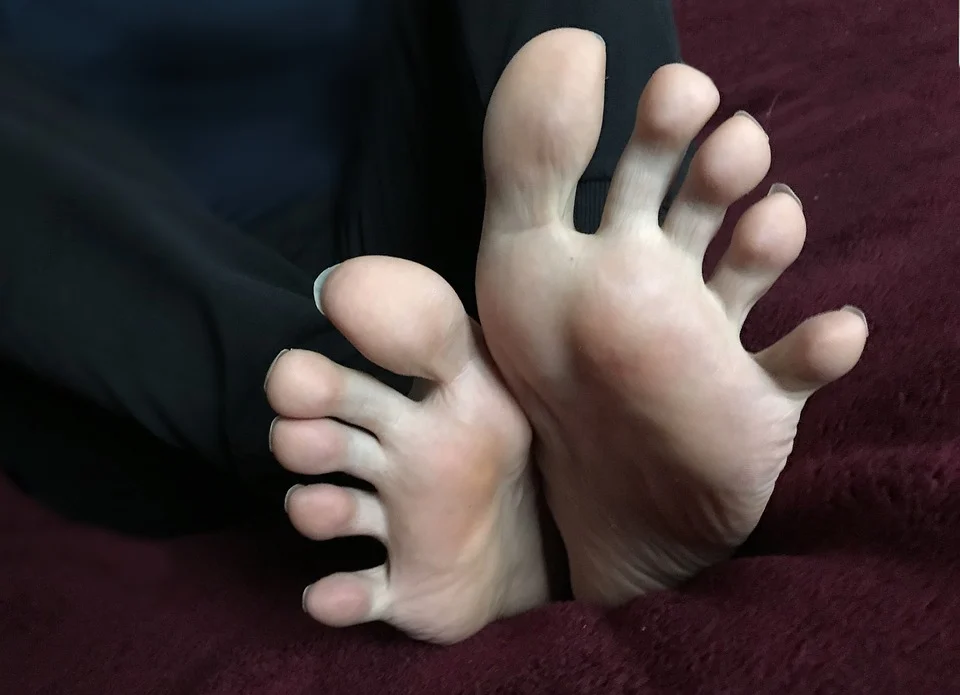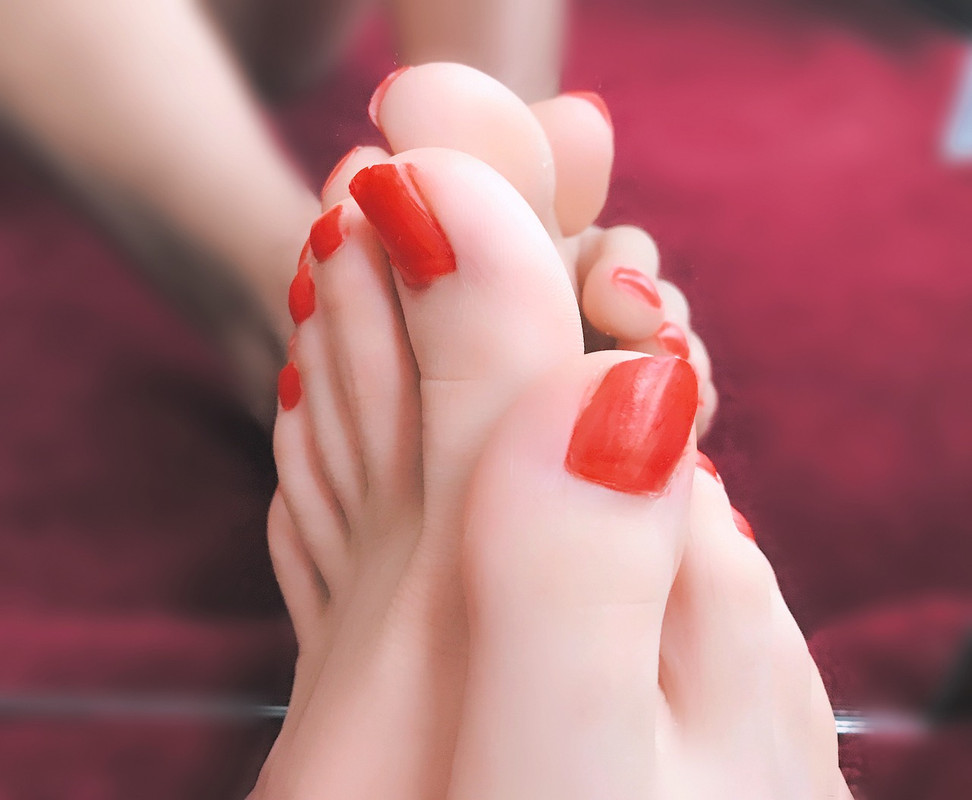When to use heel cups and orthotics for plantar faciitis treatment
You may be able to find relief from plantar fasciitis by using orthotics or heel cups. Although these devices can't cure plantar fasciitis, they can help support your feet and manage your symptoms. To reduce inflammation and promote healing, it's important that you wear the right footwear. There are also natural options, such as cold therapy or stretching exercises. If these treatments don't work then you might need to resort to surgery or steroid injectables. For the best advice, speak with your healthcare provider. Preventive measures are key. Take care of your feet and avoid any activities that may strain your plantar fascia. It is possible to reduce the likelihood of suffering from heel pain by being proactive.
The pros and cons of steroid injections for heel pain
Steroid injections may be an option if you are suffering from severe heel pain. Steroid injections can provide quick and lasting pain relief to plantar fasciitis, as well as other foot and ankle conditions. Before you decide on this treatment option, make sure to consider the pros and cons. Although corticosteroid injections have been effective in relieving heel pain, there is a risk of plantar fascia rupture and increased pain for the next 24-72 hours. Be sure to consider other treatment options, such as rest, proper footwear, orthotics, and natural remedies before you jump on this treatment option. Before making any treatment decision, it is important to consult your healthcare provider.
